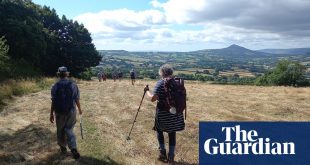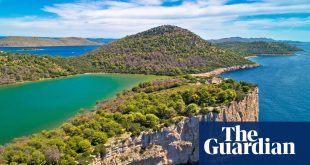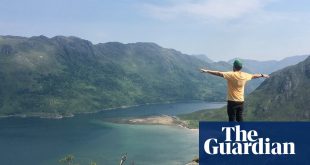It’s now more than two years since Italy was the first western country to declare a nationwide lockdown. After travel started again, some Italophiles were surprised to find a country with a very un-British attitude to queues and personal space suddenly distant and obedient. Even now there is noticeably less kissing and hugging in streets and squares.
But everything else that makes Italy such a favourite – food, wine, history, art, landscapes and people – is still there to be savoured, and all the more rewarding off the beaten tourist track.
Oristano and the Sinis, Sardinia
Halfway up the island’s west coast, Oristano province has been much less affected by tourism than Alghero or Cagliari. Yet it boasts an elegant, historic capital, dramatic landscapes in the Monte Arci national park and unspoilt, unusual beaches on the Sinis peninsula.
Oristano town has a baroque cathedral, the island’s biggest, and an archaeology museum – but the chief pleasure is strolling the pedestrianised pink- and cream-painted streets between Piazza Roma, with its 13th-century defence tower, and Piazza Eleonora, named after an early feminist and ecowarrior, Eleonora d’Arborea. (A rare female judge in the 14th century, she made landmark rulings on rape, women’s rights and wildlife protection that stood for 400 years, until superseded in 1827.)
To its west – beyond the Cabras lagoon, which is home to 800 nesting flamingoes and the source of some of the world’s best bottarga (cured fish roe) – the Sinis peninsula is flat and rural, with myriad beaches, from Is Arenas in the north to San Giovanni di Sinis in the south. The latter is an arc of fine sand backed by low cliffs close to the ruins of Tharros (open daily, April-October), a Phoenician-Roman port abandoned in 1070 in the face of repeated pirate attacks. The most striking beach is Is Arutas, further north: glistening between ochre rocks, its “sand” is actually tiny white quartz pebbles, resembling risotto rice. The peninsula is perfect for cycling: bikes can be hired from bikeor.it in Oristano, or from hotels and agriturismos.
A half-hour drive inland, Santu Lussurgiu is a 1,000-year-old village in the caldera of an extinct volcano. It’s hard not to be charmed by its Museum of Peasant Technology (Wed-Sun, €5) showing tools, toys and household implements from years gone by.
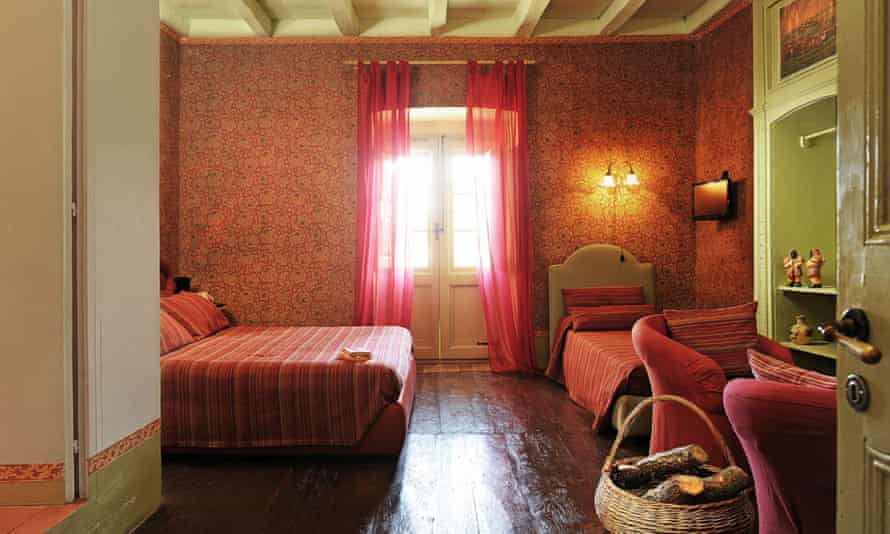
Where to stay
Minutes from Putzu Idu beach, in the northern Sinis, low-rise, modern Hotel Raffael (doubles from €75 B&B) has a pool and beautiful gardens. In Santu Lussurgiu, rooms and apartments at Antica Dimora del Gruccione (doubles from €90 B&B) are spread over four period buildings and its restaurant specialises in slow food. It hosts the Vulcani blues festival on three Sundays in August, and offers year-round lessons in pasta, cheese and bread-making (€30pp).
Urbino, Le Marche
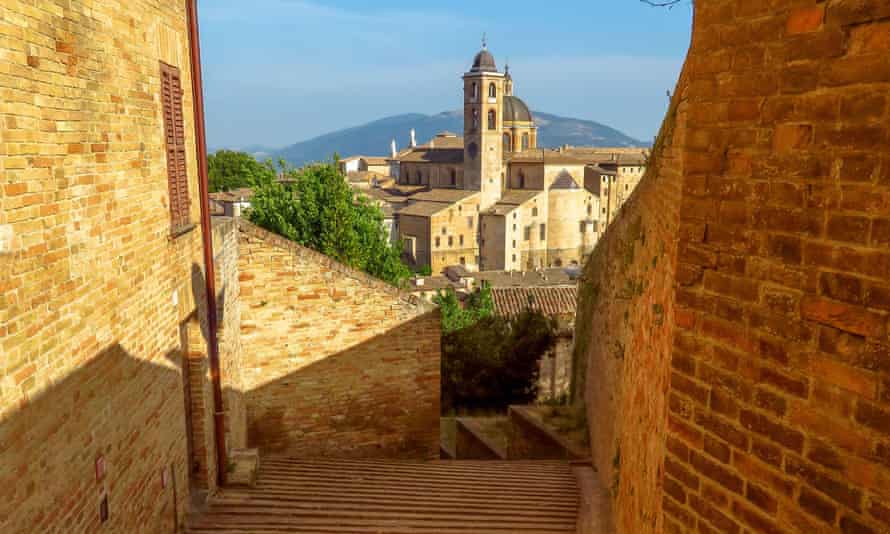
Umbria became the new Tuscany decades ago, but the region next door, Le Marche, never quite gained that status, despite its beaches, rolling hills and medieval towns. The pearl of Le Marche is the walled Unesco-listed city of Urbino, one of the cradles of the Renaissance.
Its hilltop red-brick buildings can be seen from miles away, and the pedestrianised old town is all steep slopes and narrow alleys lined with 15th-century churches and palaces. The fact that Urbino is home to only 14,000 people adds to its charms, as does the presence of the Università di Urbino (one of Italy’s oldest) whose roaming groups of students stop the city feeling like an open-air museum.
Its exhibits are extraordinary, though: the Ducal Palace was built by the man responsible for much of Urbino’s glory, Federico da Montefeltro. A passionate patron of the arts, he spent 30 years creating what he hoped would be the most beautiful residence in Italy, with twin fairytale towers, arches and mullioned windows. It now houses the national art gallery, with works by Raphael (born in the city), Titian and Uccello. A painting the duke commissioned, entitled The Ideal City and attributed to Piero della Francesca, shows a pristine town square and baptistery in intricate detail, but with not a person in sight.
Thankfully, the real Urbino is less perfect and more enjoyable. Five minutes’ walk away, Raphael’s birthplace is a modest house that was also his father’s studio. Exhibits include a Madonna and child fresco that father and son may have painted together.
The duke, worried that steep narrow streets lent themselves to enemy ambushes, had a spiral staircase built within the city walls so he could climb to his palace on horseback. In these less dastardly times, visitors can climb the Rampa Elicoidale from Piazza Mercatale (where the bus stops) up to the palace and Raffaello theatre.

Not everything is ancient, though. Casa della Poesia opened in 2015 in a Renaissance palazzo, to host live music and art and photography exhibitions, as well as poetry readings and book launches.
It’s hard to eat badly in Urbino, but Trattoria del Leone, in a 15th-century building, is a locals’ favourite: a speciality is passatelli – like pasta but made with breadcrumbs, egg and lots of parmesan, served with vegetables.
Where to stay
In a street parallel to where Raphael grew up, B&B Albornoz (doubles from €80) has three studio flats with stunning murals. The first floor Misteri d’Italia studio has one wall covered in a Renaissance art montage, and views of terracotta rooftops and San Francesco church. Breakfast at a nearby cafe is included in the price.
‘Menfishire’, south-west Sicily
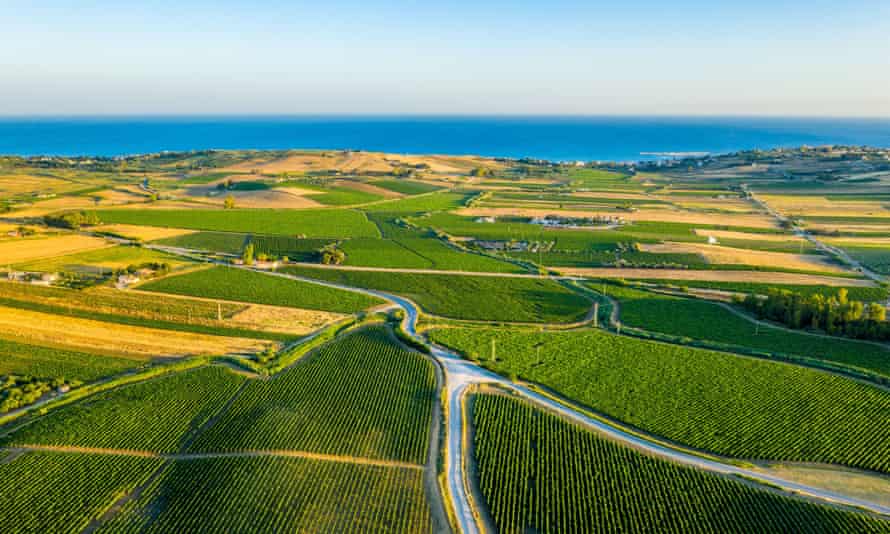
People have produced wine in Sicily for more than 6,000 years; Julius Caesar’s favourite tipple came from the island. But it all went wrong in the 20th century: mechanisation brought a shift to quantity over quality.
However, a recovery that started this century is now so strong, particularly in the island’s sunny south-west, that a 25-mile coastal strip around the town of Menfi is being called Menfishire – a local take on Tuscany’s Chiantishire. Its excellent vineyards now produce at least 15 DOC wines, from whites such as grecanico and catarratto that do well on mineral-salty terrain by the coast, to rich red merlots and nero d’avolas on hills inland. These can be tasted at wineries including Cantine Barbera, Mandrarossa, and several run by the influential Planeta family.
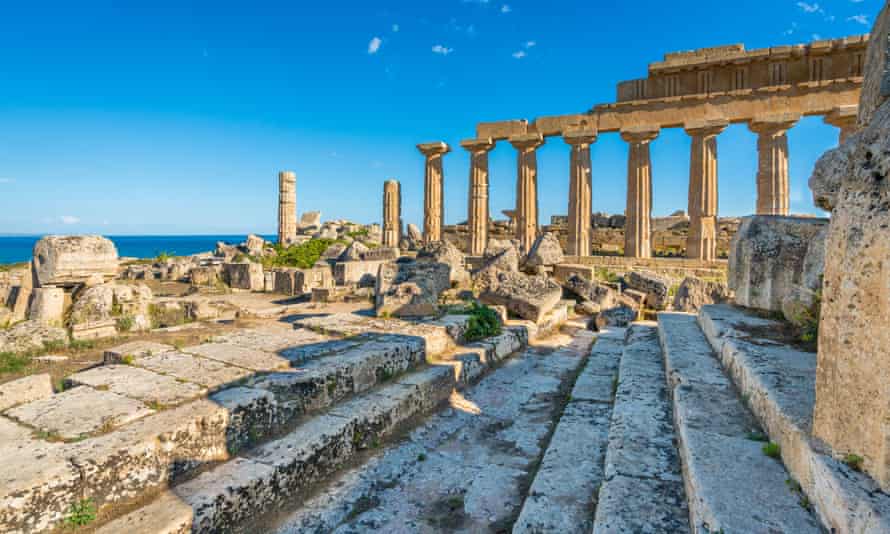
Tiny and unassuming compared with its Tennessee and ancient Egyptian namesakes, Sicily’s Menfi dates from antiquity, but was badly damaged by an earthquake in 1968. Today it is an untouristy market town with a couple of historic palazzos. Maharía, a wine bar, shop and restaurant in an 18th-century palazzo, is worth a visit.
To accompany all that wine is excellent olive oil, pasta made from ancient grains, vegetables including rare spiny artichokes and cheeses such as tuma (fresh pecorino), and vastedda (sheep’s mozzarella) – all on sale at Menfi’s Wednesday farmers’ market.
There’s lots to do besides eat and drink. South of Menfi is a six-mile arc of largely undeveloped golden beach. A central stretch called Lido Fiori has a stream running across it, and an excellent fish restaurant, Salisà. In early June, the beach is nearly empty and parking’s free.
The ruins at Agrigento capture most tourist attention, but 20 minutes’ drive from Menfi is lesser-known but bigger Selinunte. Once a substantial Greek city on a hill above the sea, it was sacked by Carthage in 409BC.
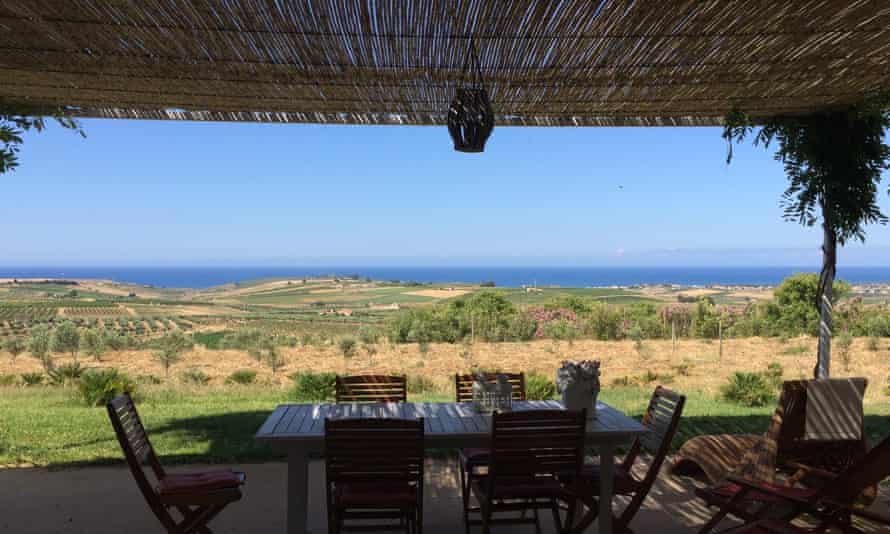
Where to stay
Three minutes’ walk from the sea, Villa Fiori Beach (doubles from €69 B&B) is a fish restaurant with simple, tile-floored rooms with bright bedspreads. A short drive away, Villa Melograno (from €1,000 a week) is a chic three-bedroom villa sleeping seven, with garden and sea views.
Oltrepò Pavese, Lombardy
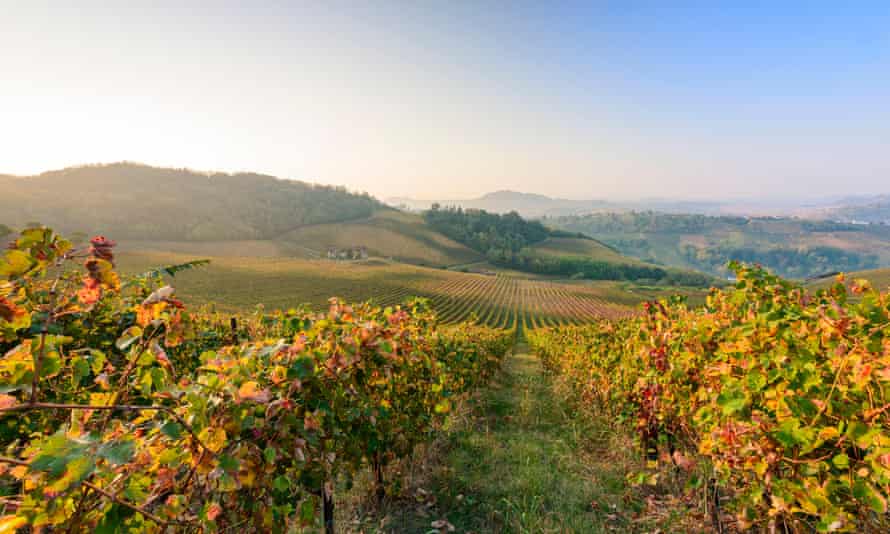
Green and gold hills, medieval villages, majestic castles … it’s easy to see why this triangular area of southern Lombardy is often called the Tuscany of the north. Oltre means beyond, and this is the part of Pavia province that lies south of the wide Po River, climbing towards the Ligurian Appenines. It differs from Tuscany, though, in seeing barely any foreign tourists. But they’re missing out on a mostly rural region of panoramic views over endless vineyards, cute stone villages and delectable food.
The main town is Voghera, 40 minutes by train from Milan but a world away in style and attitude. (The “Voghera housewife” is politicians’ shorthand for unpretentious and hard-working.) It has a cobbled, arcaded cathedral square, and pedestrianised streets leading to the Visconti castle, built in 1367. But the real joy of the region is its rolling hills dotted with villages such as Fortunago and Costa Cavalieri. The latter is home to just over 100 people, but has live bands and dancing in the square most summer weekends.
Sign up to our Inside Saturday newsletter for an exclusive behind-the-scenes look at the making of the magazine’s biggest features, as well as a curated list of our weekly highlights.
From Zavattarello, a few miles south, there is a winding walk up a wooded hill to medieval Castello Dal Verme, with at least four other fortresses visible from the top.
The Oltrepò is Lombardy’s biggest wine region, known for its pinot noir grapes, which, as well as fragrant reds, go into a delicious pale sparkling wine made to the traditional méthode champenoise. Conte Vistarino was the first pinot noir exponent in the area, and does tours from €20. All-female winery Le Fiole in Montalto Pavese, run by sisters Elisa and Silvia Piaggi, offers an afternoon of walks, nibbles and tasting for €20 a head.
Food specialities include a crusty focaccia called brusadela and deep red salame di Varzi, made to a medieval recipe, tied with string and traditionally cut on a diagonal. At Ad Astra restaurant in Santa Maria della Versa, young chef Alessandro Folli does top-level dishes such as chickpea puree with prawns, lemon and mint; and goose ragù tortellini with goat’s cheese and whisky.
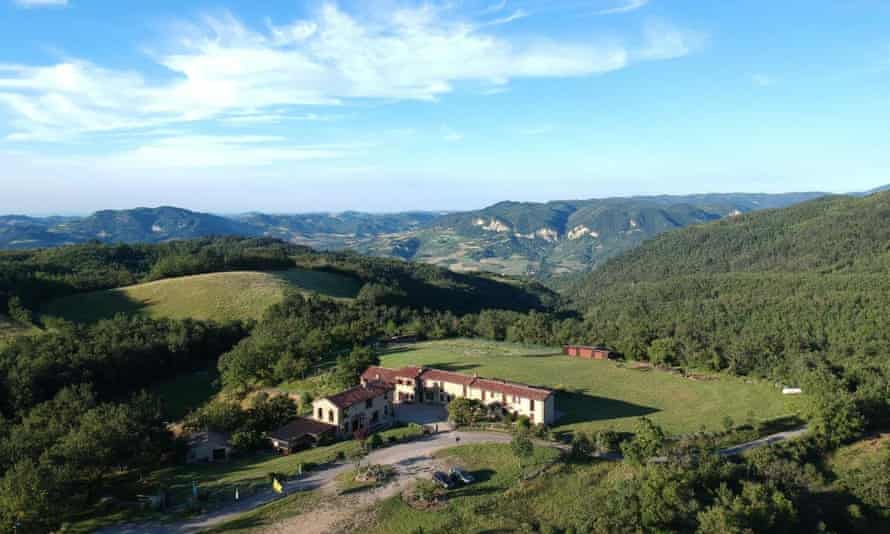
Where to stay
Sitting 700 metres up in the Oltrepò hills, Ca’ del Monte (doubles from €84 B&B) has 12 guest rooms in restored farm buildings and also offers paragliding, bike rental and use of two telescopes (southerly winds and low light pollution make for excellent stargazing).
Grado, Friuli-Venezia Giulia
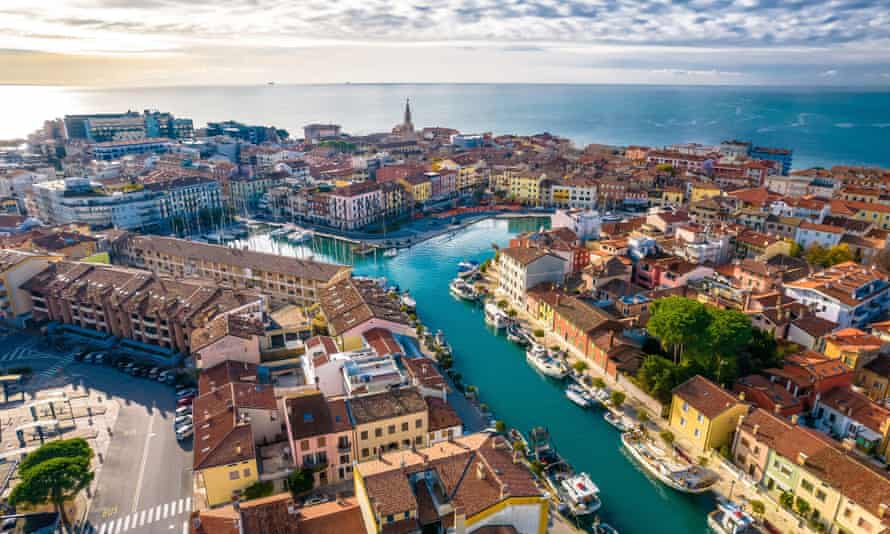
While purpose-built Lido di Jesolo, by the Venetian lagoon, is all package-tour hotels, amusements and “Irish” pubs, there are sands with a more Italian feel 40 miles along the coast.
Over a millennium ago, Grado, at the end of a curving peninsula, was more important than Venice, seat of a bishopric that stretched into what is now Croatia. Its sixth-century Sant’Eufemia basilica dates from those glory days. Today it is a fishing port with a small but atmospheric old town packed with bars and restaurants, old fishermen’s houses and more churches. And though it doesn’t have as many canals as La Serenissima, its little streets are still named calli.
Also like Venice, Grado is reached via a causeway across an island-dotted lagoon. The modern town now dwarfs the historic centre but has less high-rise development than many places, and main roads are tree-lined. The southern promenade offers views towards Slovenia and Croatia.
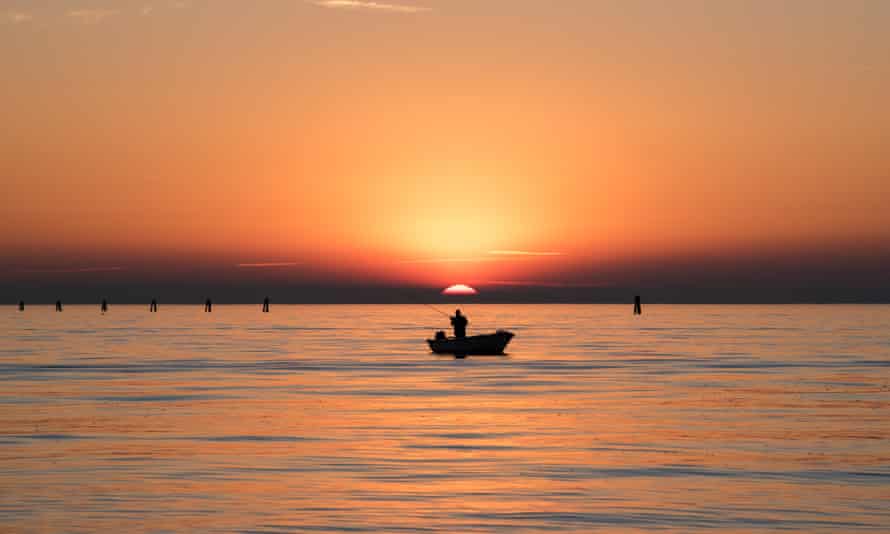
There is a beach in town – wide, sandy Costa Azzurra, with an area of spiaggia libera beyond the inevitable concessions – but the big beaches are to the west, the best being Grado-Pineta, a couple of miles away (bus number 37 does the trip half-hourly).
Away from the beach, boats to the lagoon island of Barbana leave from Canale della Schiusa (€7, 25 minutes). Most visitors are pilgrims heading for the Virgin Mary shrine, but the watery views and tranquillity make it a worthwhile trip for anyone. Aquileia, six miles away and reachable by bus, has Unesco-listed Roman ruins dating from 181BC, and an impressive basilica in the “modern” (post-11th-century) town.
Where to stay
Families and beach lovers could camp or rent a chalet at Villaggio Europa (from €70 sleeping five). Its large water park will keep children happy, and there’s direct access to a tree-backed sandy beach. On the edge of the old town, Alessia Apartments (from €114 sleeping four) have balconies over a pedestrianised street, and bikes to hire.
Pollino national park, Basilicata and Calabria

Those worried about overcrowding at British hotspots such as Snowdon and the Lake District may find the solitude they crave in Italy’s largest national park, the Pollino. It comprises almost 750 square miles of wooded ravines, grassy uplands grazed by wild horses, and rocky summits, but its location in the sparsely populated south-west means it counts visitor numbers in the hundreds of thousands (to the Lake District’s 47 million visits in 2019).
The Pollino straddles the regions of Basilicata and Calabria, and has five peaks over 2,000 metres, which can all be climbed without special equipment by anyone who is physically fit. The 2,248-metre Monte Pollino (the name comes from “mountain of Apollo”) is well marked and popular, with easy access (and parking) on Strada Ruggio Visitone, half an hour’s drive from the towns of Viggianello and Rotonda. The highest mountain, 2,267-metre Serra Dolcedorme, is harder to reach.
Inexperienced hikers may prefer to walk with a local guide. Even seasoned trekkers would enjoy a day with knowledgeable and patient Giuseppe Cosenza, based in the village of Laino Borgo. He is a fount of fun facts.
The Pollino also has plenty of routes for the less ambitious. The national park office in Rotonda, and info points throughout the park, have maps and leaflets, including some historic routes connecting ancient settlements. Most trails are signposted, but phone GPS is handy here. Even in summer, it’s possible to walk all day and see no one.
For the more adventurous there is rafting and canyoning on the Lao River, which rises high in the Pollino mountains and runs through a deep, dramatic canyon on the park’s western edge, with class II and III rapids. River Tribe has English-speaking guides and trips from €25pp.

Where to stay
In Rotonda, Il Borgo Ospitale (doubles from €100 B&B) is an albergo diffuso with elegant rooms, many with balconies, scattered through the old town’s steep streets. Its restaurant, A Rimissa, does specialities such as sun-dried peppers – cruschi – and stewed poverelli beans. In wilder surroundings at 1,350 metres, Rifugio Fasanelli (half-board €80pp) has en suite rooms and serves handmade pasta in its restaurant.
 Top Naija News: Nigerian News, Breaking News Nigeria and World News Top Naija News is a daily news publication in Nigeria, delivering the latest breaking news in Nigeria and around the world.
Top Naija News: Nigerian News, Breaking News Nigeria and World News Top Naija News is a daily news publication in Nigeria, delivering the latest breaking news in Nigeria and around the world.
